Coasting Through History is back with Part III of our series! Today we look into a time period in which roller coaster development boomed.
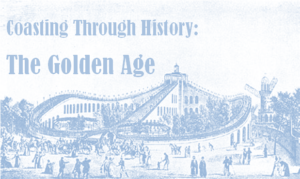 The 1920’s were known as the Golden Age of roller coasters. Many roller coaster design companies were formed during this time and they constructed new rides, some being very rough. One of these rides, the Crystal Beach Cyclone, opened in 1927 and only lasted nineteen years due to its intense speed and roughness through very tight turns. Though rough, rides like these helped improve designs, leading to the creation of 1,500 new coasters during this era!
The 1920’s were known as the Golden Age of roller coasters. Many roller coaster design companies were formed during this time and they constructed new rides, some being very rough. One of these rides, the Crystal Beach Cyclone, opened in 1927 and only lasted nineteen years due to its intense speed and roughness through very tight turns. Though rough, rides like these helped improve designs, leading to the creation of 1,500 new coasters during this era!
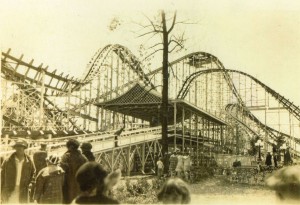 One design, the side-friction roller coaster, had side rails to keep the car on the track. Leap-The-Dips at Lakemont Park in Altoona, Pennsylvania is an example of a side-friction coaster still open today. It is now the oldest operating roller coaster in the world.
One design, the side-friction roller coaster, had side rails to keep the car on the track. Leap-The-Dips at Lakemont Park in Altoona, Pennsylvania is an example of a side-friction coaster still open today. It is now the oldest operating roller coaster in the world.
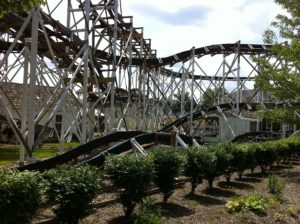 Things really started looking up for roller coasters, until the Great Depression hit. Then, many parks closed and their roller coasters were scrapped to provide materials for other projects. Shopping malls, houses, and apartment complexes were built in their place. After the Great Depression, Disneyland in Anaheim, California was the first to reinstate the roller coaster. This was accomplished by unveiling the Matterhorn Bobsleds in 1959. This was the first coaster to run on a tubular steel track and use polyurethane wheels. With this innovation, roller coasters could now take on a whole new direction.
Things really started looking up for roller coasters, until the Great Depression hit. Then, many parks closed and their roller coasters were scrapped to provide materials for other projects. Shopping malls, houses, and apartment complexes were built in their place. After the Great Depression, Disneyland in Anaheim, California was the first to reinstate the roller coaster. This was accomplished by unveiling the Matterhorn Bobsleds in 1959. This was the first coaster to run on a tubular steel track and use polyurethane wheels. With this innovation, roller coasters could now take on a whole new direction.
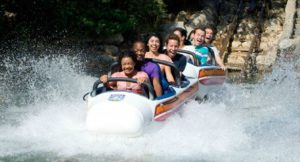 Another steel ride, known as the Runaway Mine Train, opened in 1966 at Six Flags Over Texas. It is 2,400 feet long and is still one of the most popular rides at the park. Later, in 1971, King’s Island in Ohio opened The Racer, an iconic wooden roller coaster, which was taller and faster than any previous coaster. The Racer received much media attention, really opening the public’s eye to what was out there and what the possibilities were for the future.
Another steel ride, known as the Runaway Mine Train, opened in 1966 at Six Flags Over Texas. It is 2,400 feet long and is still one of the most popular rides at the park. Later, in 1971, King’s Island in Ohio opened The Racer, an iconic wooden roller coaster, which was taller and faster than any previous coaster. The Racer received much media attention, really opening the public’s eye to what was out there and what the possibilities were for the future.
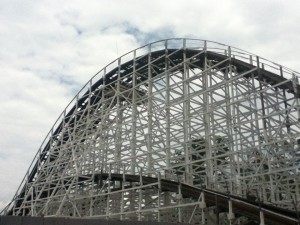 In 1984, Kings Island opened King Cobra. This coaster was the first stand-up design, allowing people to experience a whole new type of ride. King Cobra also featured an inversion, continuing the development of new coasters. A few years later, in 1993, King’s Island also opened Top Gun, a suspended roller coaster. Its unique turning elements really improved upon the banking of the track and allowed for tighter and faster turns to be made. These rides were the fuel in the fire for the modern day rides we have today.
In 1984, Kings Island opened King Cobra. This coaster was the first stand-up design, allowing people to experience a whole new type of ride. King Cobra also featured an inversion, continuing the development of new coasters. A few years later, in 1993, King’s Island also opened Top Gun, a suspended roller coaster. Its unique turning elements really improved upon the banking of the track and allowed for tighter and faster turns to be made. These rides were the fuel in the fire for the modern day rides we have today.
Next time we will look into the coaster wars of the 1990’s and early 2000’s.
*some information sourced from Robert Coker’s book Roller Coaster

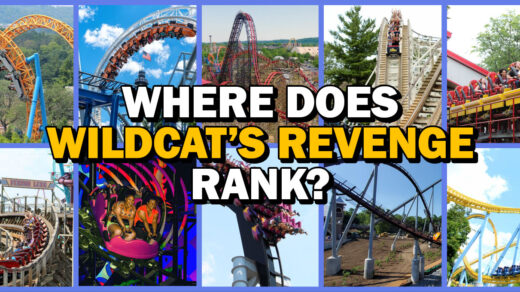
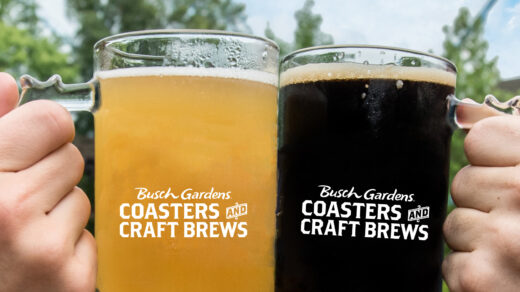





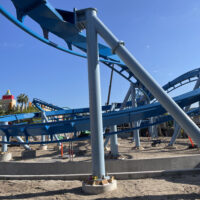





Recent Discussion